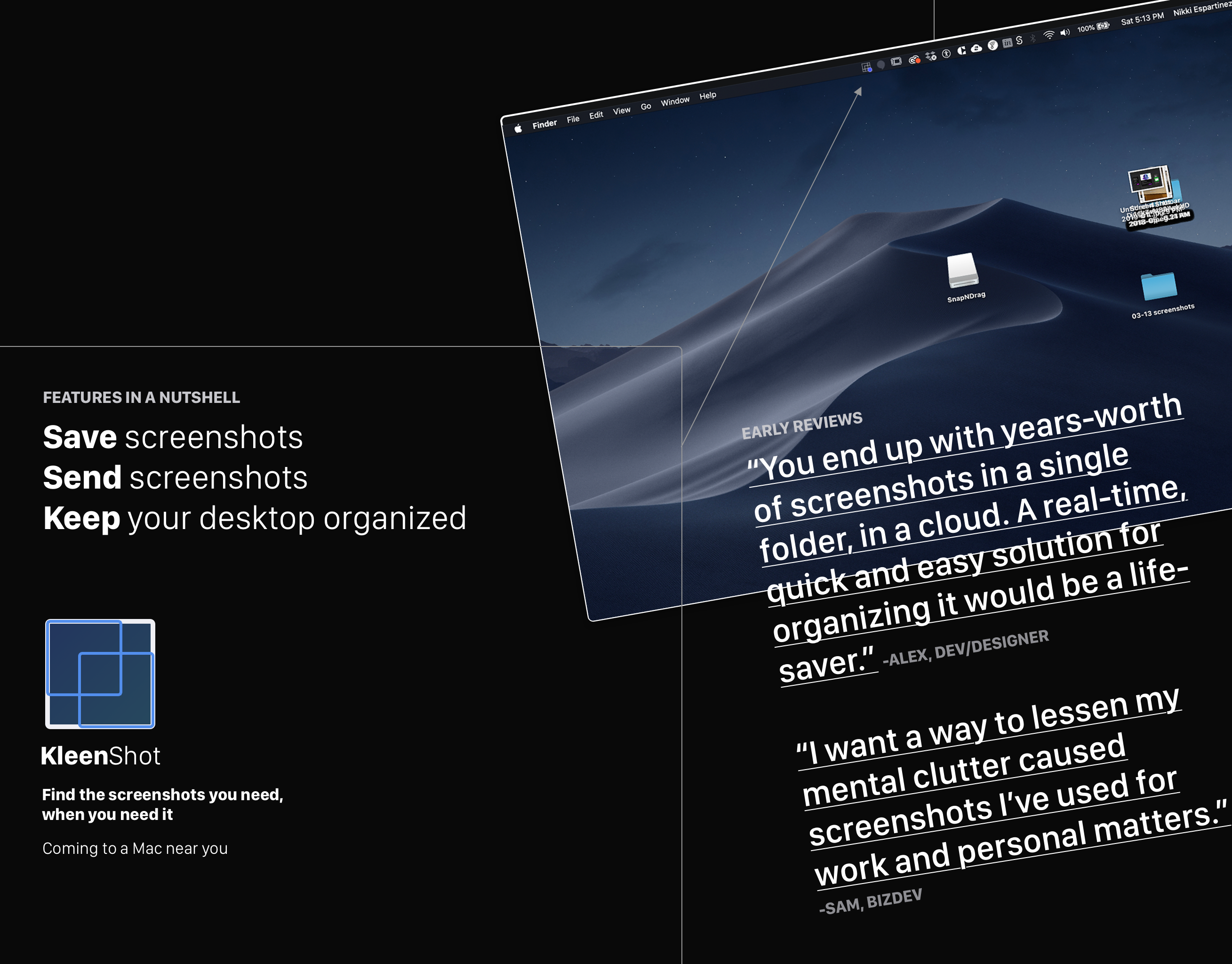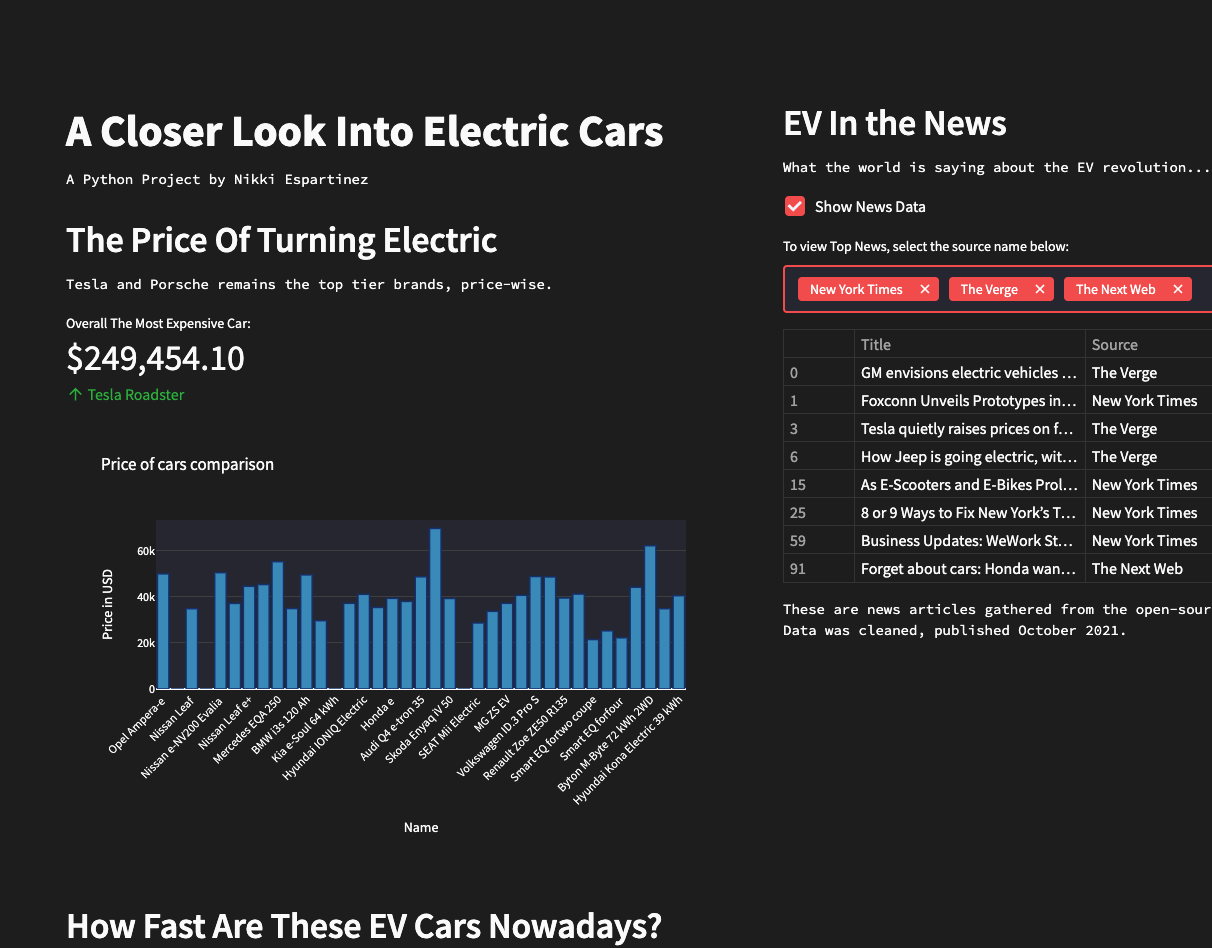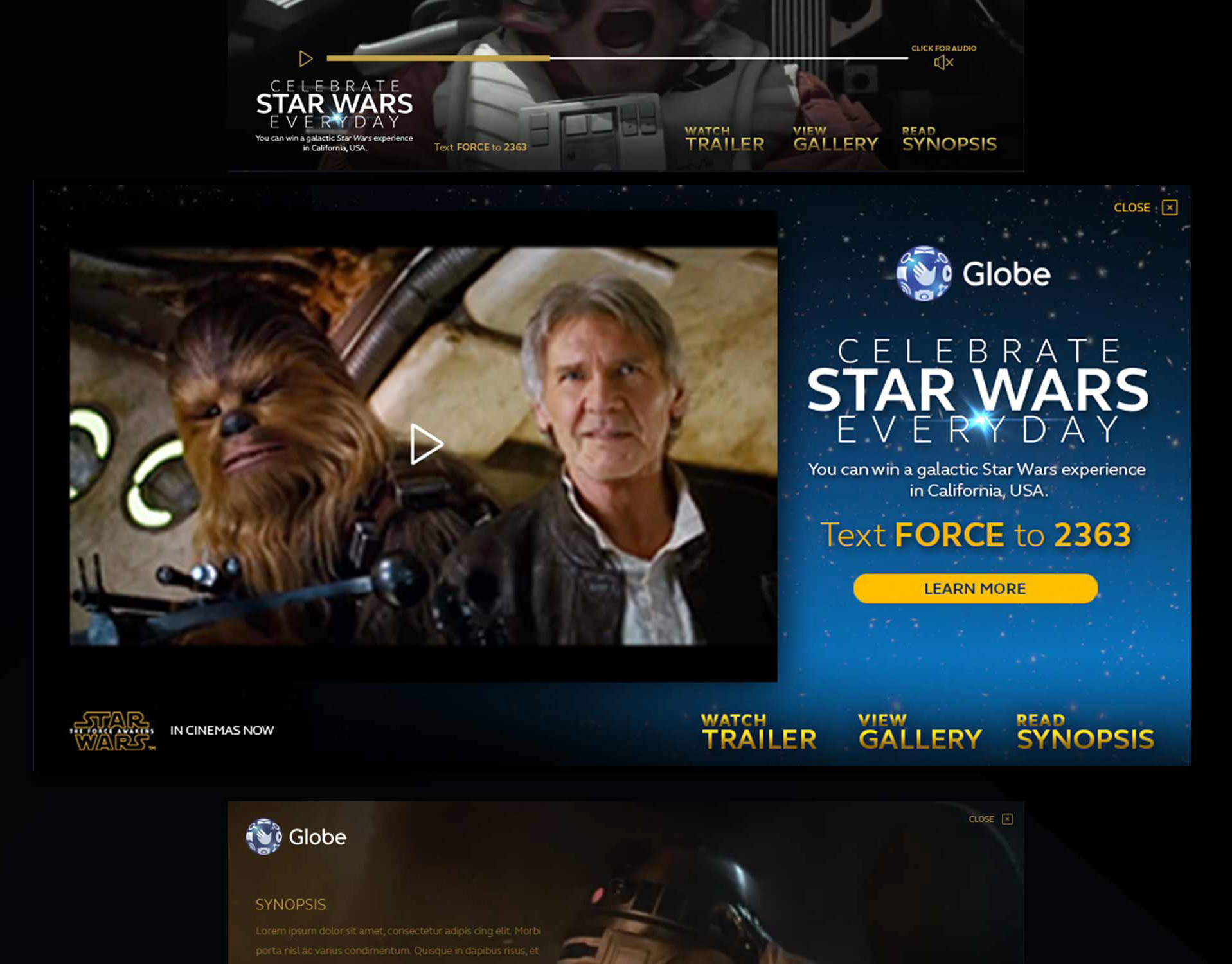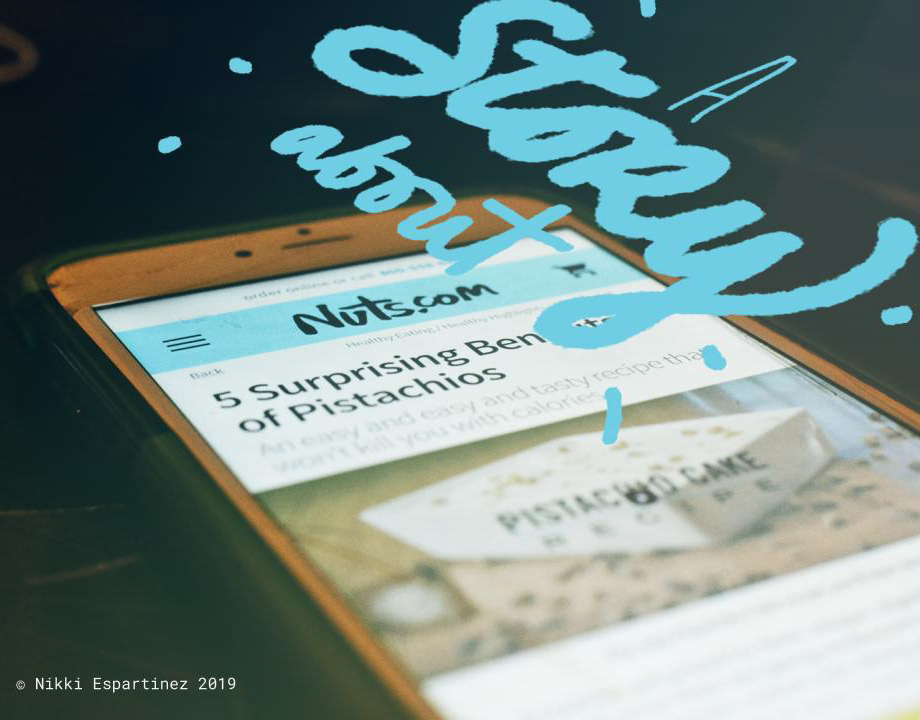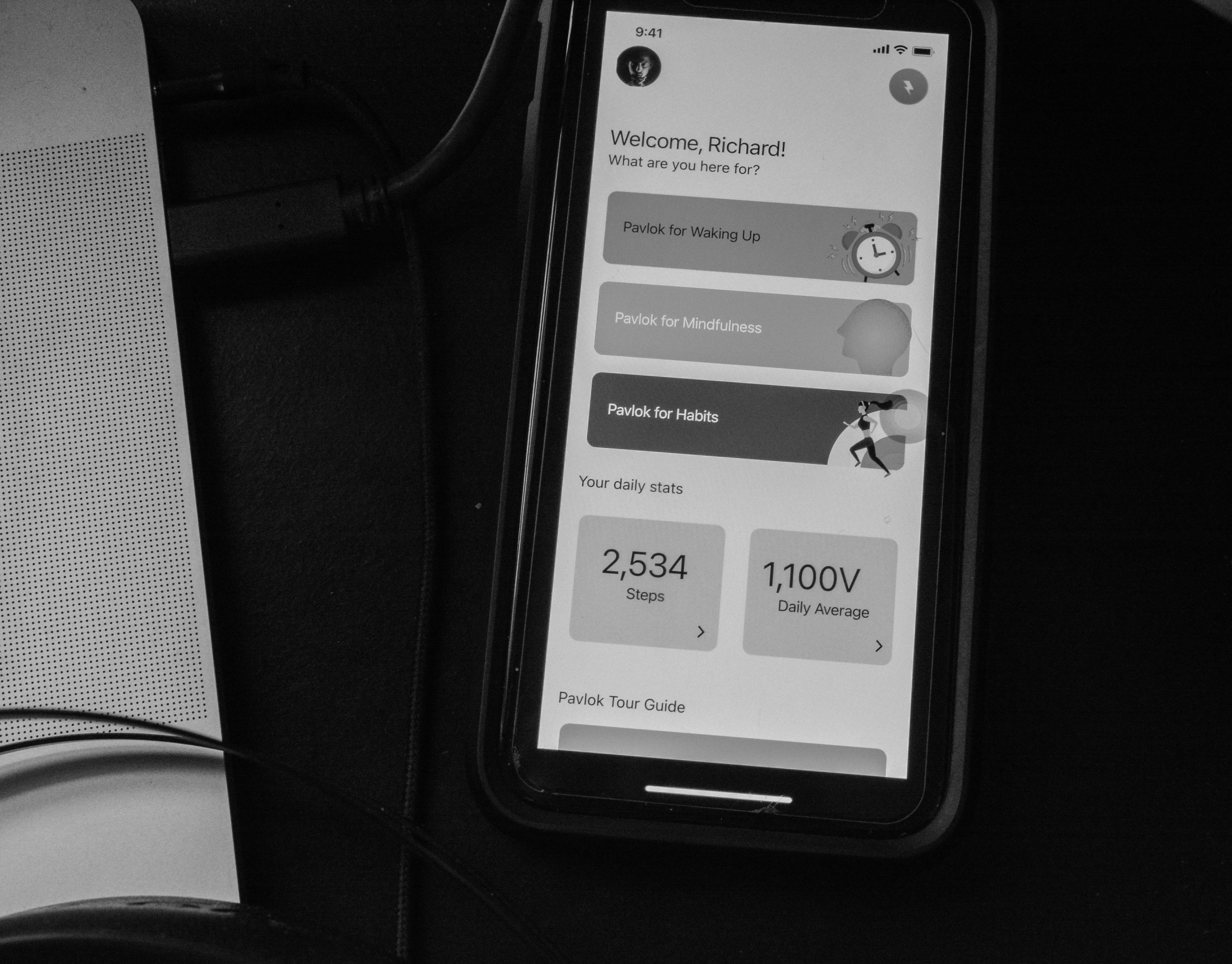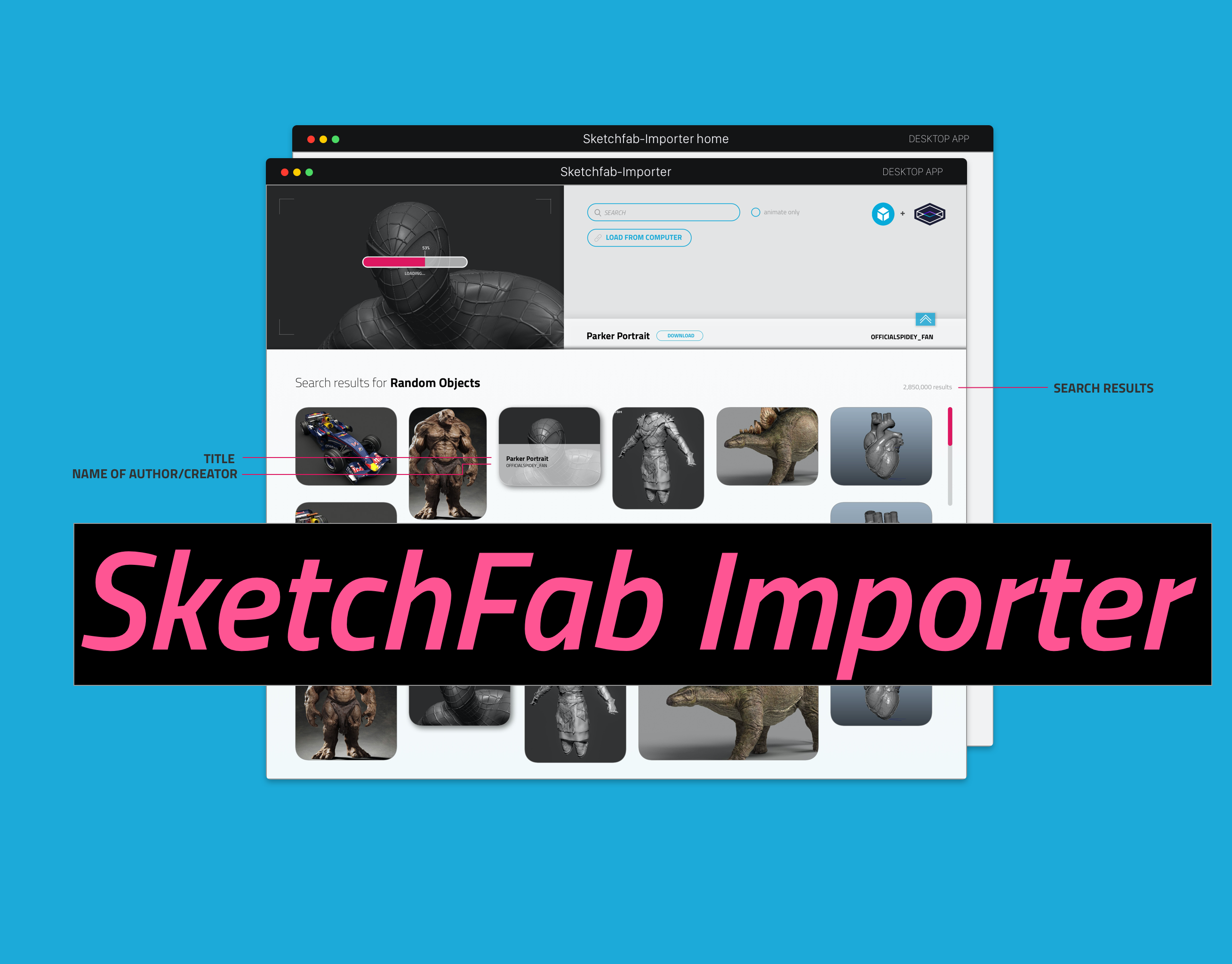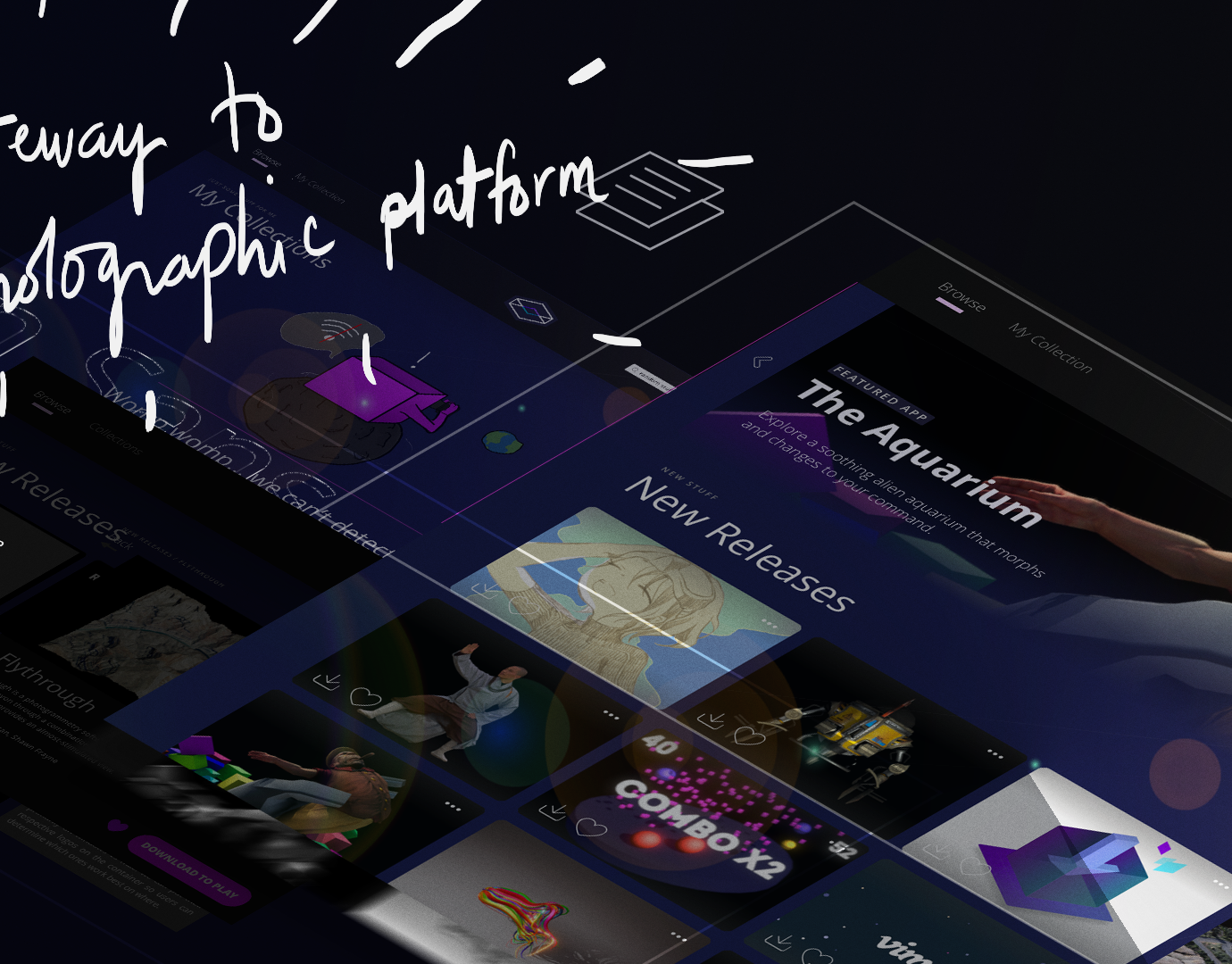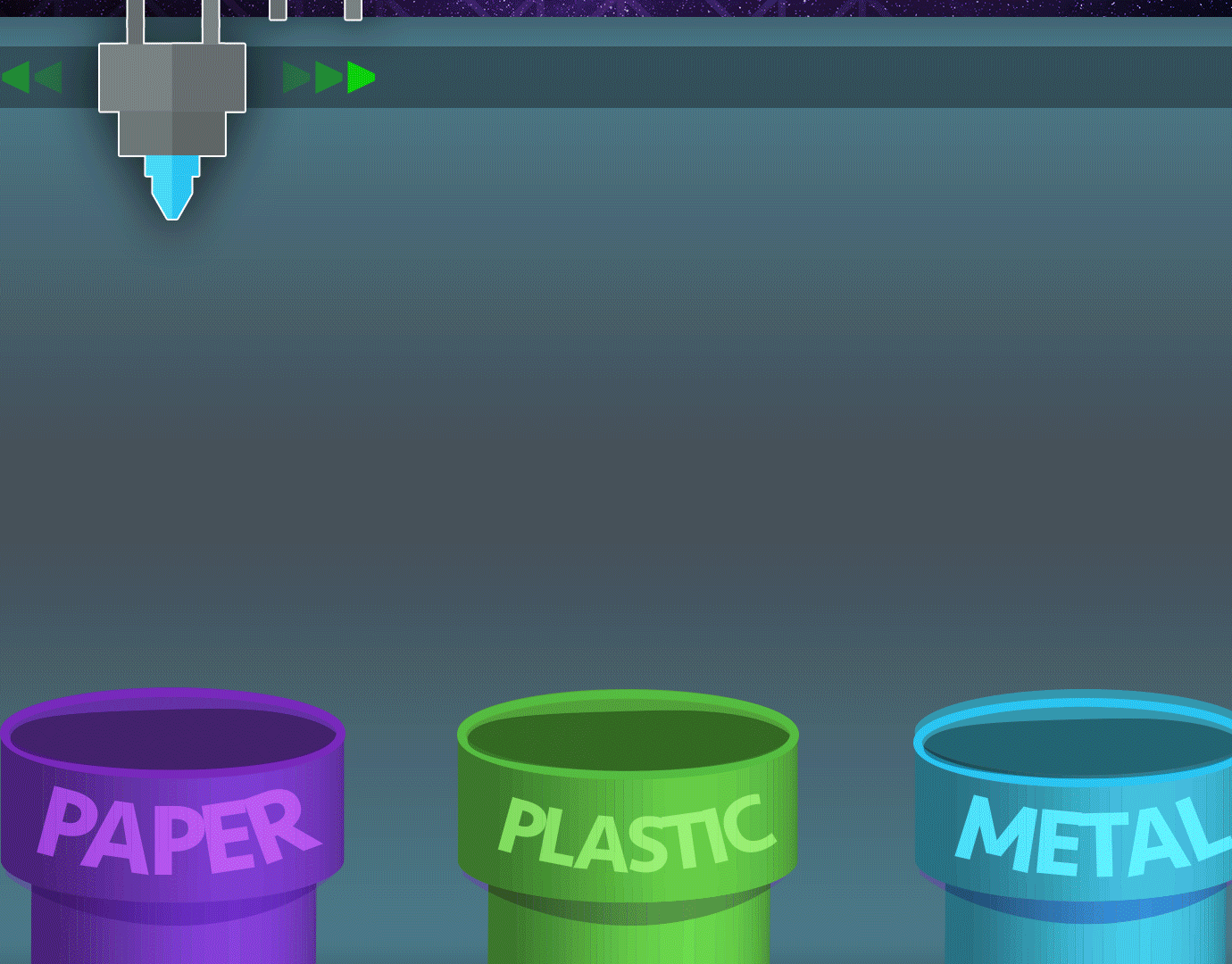pseg for you
Introduction
PSEG’s current online portal is clunky, outdated, and is simply unsatisfying for its customers — what customers would want is less of the corporate, and more of the consumer side* of the website.
*Consumer-facing is basically taking the key features of a business or a product that is directly seen by the consumer. For this app’s case, it is the Minimum Viable Product: The User Hub. User hub is a service that provides account management, and bill payment to new and existing customers. It is a portal that allows users to view and manage their electric and gas bills specifically through the app.
Going deeper into the current dashboard on desktop and mobile
What's not good about it?
ELEMENT OVERLOAD — There’s a lot of different things happening on a page
CORPORATE INTEGRATION— People go to the site for the basic consumer services and not necessarily to read all about the corporate PSEG
DETACHED AND UNFRIENDLY— The overall site language (copy, layout, UX flow) feels rigid, and robotic
LACKS THE SENSE OF HIERARCHY— There’s actually a LOT of really interesting and useful features inside this website. As a user, you just don’t know they exist, and for a good reason: LOCATION
On the contrary, what's actually good about it?
Despite all of its flaws, and unsophistication, PSEG.com works. It just works. Whether you are paying your monthly dues, or reading about what the company is up to — or even as deep as asking for help on how to read your own meter, this website can make it happen. Sure, it’s not the most fun thing to use — but it does what you need to happen on a lazy Saturday morning, when you’re not asking for much except to finish your to-do tasks, even if it includes logging in on the utility site, hoping you can find the tool you need to use, in order to accomplish the task you need to do.
Interview Takeaways
Here’s what I gathered from the short user research I’ve conducted:
6 out of 10 New Jersey residents are “extremely comfortable” paying their utility bills on the PSEG website.
Most of them would prefer to use a laptop in using the site.
3 of them have already gone automated: scheduled payments, autopay and paperless billing — which goes straight to their emails.
Which means they probably only visit the site a least once a month — not a good sign.
5 of them hopes to have a chat bot option (automated or human) primarily because of bad experiences with customer service.
Feature Prioritization
I've mapped out the things that needs to be built right away for the MVP, and those that can wait until the app takes off after the launch.
Here’s a breakdown of the feature prioritization I made based from information gathered from research
*After English, Spanish and Portuguese languages are prioritized due to the fact that a huge chuck of people who live in relevant areas where PSEG serves are Hispanic or Latino (18%) followed by African American (12%), Asian (8%) and the remaining (2%) is that of the Native American. It is ideal to serve all languages but it is simply not feasible given the time frame. The solution is to prioritize per demographics, and it makes the most sense to serve the majority of users first. (source: http://www.state.nj.us/health/chs/hnj2020/documents/demog.pdf)
User Flows
A simple, and secured 3-step enrollment for first time users
Flow for filing a complaint via a secure message center
One of the features: Stop and start your service through the app
Some early UI mockups and wireframes
My Solution
Introducing PSEG: For You
Deeply Personal
The app is tailored to the owner’s needs: from the ease of usage, to friendlier, less robotic language it is built upon. Users can edit, and update their profiles. PSEG: For you, and by extension, your home.
Thrives in simplicity
Supported by a design that is minimal but necessary. You will only see the things that you would actually need and want. As a PSEG customer, they will likely be top three: Bill Overview, Billing History and Customer Service that is efficient, and quick and up to speed with what you need.
Prides on security
Current PSEG customers who are primarily in their 60–70s are more likely to still pay the bills through checks, mail or in-person. The app will attempt to solve this fear and anxiety from users (of any age) by securing the billing system, and making sure users are protected. Onboarding process would require not just an account number but also a 2-step verification (via SMS or Email) to ensure that the account is protected, and in the instance that the user gets locked out of the app, the secondary / backup phone or email will ensure that the user will be able to log back in securely.
Most of them are the same people I have interviewed from the very beginning of this research. It all comes full circle in terms of feedback and direct approach to an overlooked problem
What didn't work
"Needs a one-time tour guide feature" - User
"Is there a 'Help' option?" - User
"It seems like I am dealing with a robot. Not very welcoming..." - Another user
A mockup of how data visualization will play a big role in changing the way people analyze their PSEG bills
Overall Objectives
1. To allow users to create an account, and pay existing electric bills within minutes from the app, stress-free.
2. To keep track of energy and gas consumption through that account using a digestible data visualization chart.
Secondary Objectives
1. To improve customer service within the app, with one-click and easy access* to PSEG’s different departments (Emergencies, Gas, Billing Department, Outage Center, Safety Program, General Inquiries etc)
*Easy access is the ability to contact the people of concern from the app anytime there’s a need for it. Some departments may not be a 24/7 service, but the most crucial ones such as the Emergency and Outage Center may be. Any user with a smartphone, and an internet connection can get in touch with these departments without the extra seconds wasted by locating them on the primary website. Extra seconds that are better off spent fixing the problem, not looking for someone to fix it. Upon making the call, the user must provide the Account Name, and a verification in order for the request to proceed. Exemptions to this are life-threatening cases, to which even PSEG would recommend calling 911 first.
Business Goals
To provide users (tenants, landlords, houseowners, business-owners) access to their PSEG account from any smartphone to be able to pay the bills, track their consumption and contact PSEG anytime, anywhere with an internet connection.
User Goals
Safely pay their bills, and manage their PSEG accounts from any smartphone, anytime, anywhere with an internet connection. Should a user need to talk to any PSEG department, the app is there to provide them access to them.
Information Architecture
How things should be
Annotations — Contact PSEG is the only page inside the app that you can access without logging in
1 — Here you can view the most current bill, and an a “Pay my bill.” button. On double tap, it will take you to the “Billing History”
2 — Secured message center is for people who don’t know what they want from the customer service: from random complains, to small issues, or reports — this is for people who aren’t in a hurry to resolve anything, and may also attract those that dislike talking on the phone.
3 — A popular feature for users who want multiple options to adjust their current plan, and billing.
Constraints
TECHNOLOGY, FEASIBILITY AND MAINTENANCE — To build an app that would work across every device would take time, money and resources. A lot of things would need verification, and would entail restrictions (TouchID/FaceID, Fingerprint Scanner each has its own set of guidelines when implementing on an app). Aside from third-party support, the app would also require support to store a database for the company’s 2.2 Million electric customers and 1.8 Million gas customers assuming all of them would switch to the app for its services.
CONVERTING THE UNCONVERTIBLE — Face it, some people would probably never use the app most especially if it’s going to require information from them. In the age of Fake News, and Data breaching, people are now more than ever wary of using *new* apps as services because of fear and anxiety over security issues. And those who do most likely use….
AUTOPAY, THE WATERLOO OF THIS APP — Sure, it would still need for the user to visit the app at least once a month, or once — for when they sign up and more than likely, unless something bad hits the fan, they will probably won’t check it again once they’ve set up the Autopay. Young users tend to pay less attention to utility bills because it’s hardly worth the effort, and it rarely ever goes wrong even if paying for it through a desktop website looks and feels outdated. It’s not something most people just prioritize, therefore, on any given day, an app that sells itself as just a bill-paying app might be essentially useless to these consumers
So why am I still attempting to build this?
HOPE FOR A MORE INNOVATIVE HOUSEHOLD — I don’t know what it’s going to be. I don’t even know if it’s remotely possible to make this work given the constraints I have listed from the previous slides. As a user, consumer, tenant and concerned resident, I believe this is a step towards the right direction on money, time and household management for anyone who’s ever have to deal with electric and gas issues. It can be a valuable tool for a very specific type of user found in every household.
FUTURE FEATURES ARE WORTH THE GAMBLE — The idea of having a map that can track outages, and detect endangered communities during catastrophic snowstorms and hurricanes is ambitious, pretty hard to pull off BUT a goal worth having — especially for an energy and gas company that serves thousands of people in relevant areas. It is also currently on the PSEG website but it is in desperate need of a repair and upgrade. A common source of complains from users who say that the map is outdated, stagnant and confusing. What is the point of having one if it’s almost unusable, frequently frustrating, and is quite difficult to locate for first time users — many of which may not have the time and mental energy to look for it in crucial situations. Not to mention, those that physically do tasks beyond clicking a few buttons on mobile, to which the outage map is clearly not built for.
— not just during the best case scenarios, but specifically, for the worst. It is, after all, what technological advancement is all about: in the simplest and quickest of ways, it improves people’s lives. And hopefully, saves one when it it of utmost importance to do so.
A STEP TOWARDS AWARENESS ABOUT SUSTAINABILITY ISSUES — If you can track your energy and gas consumption easily, it won’t feel like a chore. It will feel like a mission. In order to get people to be more aware of their energy consumption (even in the most basic way possible), you have to capture their attention. You have to be in their space. You have to make them understand that, “Hey, Person A, you use way too much electricity for someone who lives alone!” Or “Hi Person B, are you aware that you’ve exceeded the normal rate of consumption for someone who’s not really at home most of the time. Do you really leave your TV on all day?”
No amount of scare, or fear mongering can make them realize how bad the situation is, except for data. When you are slapped with facts that came straight from your home, you are less likely to resist to change if the change is going to be for the good. All the small things that people can do, from their home, can potentially make a huge difference if done collectively, and creatively. If backed by a massive company with seemingly good intentions, and the right data to use and not exploit, it can be possible. I strongly believe that this app has the capacity to do that, one small feature at a time. I can’t make it all happen, nor can I predict what this case study will become. It is, after all, restricted to just PSEG but knowing what I know now after some research and interviews, the world is better off with an app like this than without.
Link to PSEG’s current sustainability program (In my opinion, this should be highlighted more): https://www.pseg.com/info/environment/sustainability/index.jsp
Even in the attempt, it is still a problem worth solving.
Final thoughts
A lot of work, and further research may still be needed in order to accommodate the business and technological restraints to ship this product.
But like what I’ve written beforehand, PSEG will be a much more efficient energy, and gas company if it serves its customers beyond what they currently have, if it invests on technology that would greatly improve their existing ones — in order to accomplish the tasks they already are trying to do, and to minimize the damage of the failures from the said attempts. In that way, not only can they function better as a company, but they can actually move forward to solving new problems simply by eliminating archaic solutions to current company woes.
Link to Video Prototype: https://youtu.be/LLn9V4Rv-yI
All photographs and illustrations used in this presentation are owned by Nikki Espartinez.
Please do not use any of them. Presentation made possible by InVision, Sketch, Keynote, Adobe Photoshop CC and the wonderful people of New Jersey who volunteered to test and refine my app, and my amazing instructors: Ryan Snelson and Courtney Laffey at GA. Thank you. This case study was first published on the author's Medium page.
